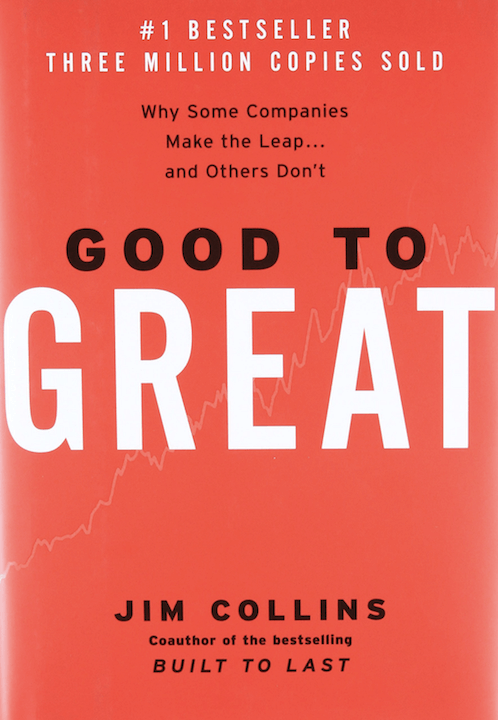It is understood that procurement innovation is vital to growth. In recent years, businesses have been working hard to reduce their costs to keep their companies going, while still maintaining customer satisfaction. As the economy begins to get back on its feet, organisations are repositioning their focus towards growth, which is heavily reliant on the supply base. To achieve satisfactory growth, while remaining sustainable, competitive and maintaining cost control requires innovation. Businesses are now looking towards procurement teams to improve both bottom and top line company performance.
Put simply, innovation (in a business context) is the application of new ideas and processes to create organisational value. This ‘new thinking’, together with ongoing improvement, can often be the difference between beating the competition and, in some cases, company survival. 48% of procurement directors interviewed believed that innovation was equal to value creation, along with the developments of new markets and competitive advantage.
The innovation process calls for both tight internal and cross-functional collaboration (to an extent – see barrier #4). Cross-functional collaboration especially forms the foundation upon which procurement contribution to innovation can be built.
As mentioned, procurement managers face numerous barriers when trying to embed innovation practices.
We have listed the most common barriers that affect procurement.
1. Poor Communications Across Functions
The importance of communication cannot be overstated, and poor communication often means procurement is left out of the discussion until the last minute. This, in turn, can result in high effort, even higher costs, and suboptimal deals. It is critical to supply chain success, and yet poses one of the biggest barriers, and is the area most in need of improvement.
With proper communication across all functions, a higher number of creative ideas can be brought to the table, thus improving the whole, overall process. This is the case due to the fact that when individuals from different points in the process can input their own ideas for improvements, their first hand experience means their input will make for a better managed process.
Steps for improving communication is one way to start the breaking down of these barriers. Procurement professionals need to consider:
- Prioritising suppliers
Consider the impact it could have on your business if they were to stop supplying
- Regularly meet suppliers
Meeting often can highlight and effectively tackle any concern or issues as they occur. You should often assess how relationships can be improved on both sides
- Offer options
Following negotiations, produce a list of options so all feel they have input
2. Low Knowledge of Markets & Suppliers
While procurement can be a significant driver towards positive innovation, its potential to do so has often been overlooked or missed. The issue of an awareness deficit when it comes to market and supplier knowledge. Key procurement team members, decision makers and managers having limited experience or knowledge of markets results in longer-term fallouts for the company. When decision makers miss cues, whether due to lack of awareness or simply inexperience, opportunities for savings are missed. Similarly, trends which would otherwise have benefitted the company as a whole are not identified, and therefore not leveraged.
Despite seeming like a simple factor, it is important that all members of the team, especially those involved in a direct capacity, have a good knowledge of both markets and suppliers.
3. Slow or Ineffective Decision Making
Decision making is one of the most important elements of any organisation, especially for those surrounding procurement; decision making dynamics are vital, and must not be neglected.
A key solution for many organisations looking to untangle the complexity of decision making, alongside active discourse, is becoming flatter and more agile with decision authority. It is important to try to avoid the three complexities which can be a driving factor when it comes to poor decision making.
Many companies – those ahead of the game – have created a collection of formal and informal processes to ‘shake up’ the debate, and therefore ensure these dynamics are as beneficial as they should be. In many large global companies, organisational complexity has clouded accountability, therefore leaders are less able to cleanly delegate decisions. The number of decision makers has risen in turn. For instance, the ease of digital communication and knowledge sharing means more people can be involved through email flow and digital, remote meetings, and all opinions can be voiced and considered. While this can be a good way to consolidate varying ideas, the reality tends to be more along the lines of too many meetings and emails with too little high quality, relevant dialogue. All of this is a recipe for slow, ineffective, poor decision making, and when this happens it is inevitable that revenue and cost saving opportunities are missed. And they can not afford to be missed. While it may be an appealing prospect to involve everyone in key decisions, it can sometimes be true that ‘less is more’.
4. Collaboration Across the Business
Collaboration is usually viewed as a positive joining or sharing, whether it be knowledge, resources or anything else. When it comes to collaboration across the business – any business – it can be less positive. Similarly to the barrier of ineffective decision making, too much cross-business collaboration involving too many people or departments, can also cause a barrier to procurement’s contribution to innovation. This collaboration results in limited or, in some cases, no economies of scale what-so-ever. Furthermore, this then leads to further internal issues surrounding leverage with sourcing from suppliers and the ability to be able to share sourcing or suppliers as needed.
While not always the case, when trying to break down and remove the barriers that exist against procurement innovation contribution (or lack thereof), it is important to acknowledge these four issues. Forewarned is forearmed and thus, in knowing of these issues, they can be more easily avoided or rectified.


